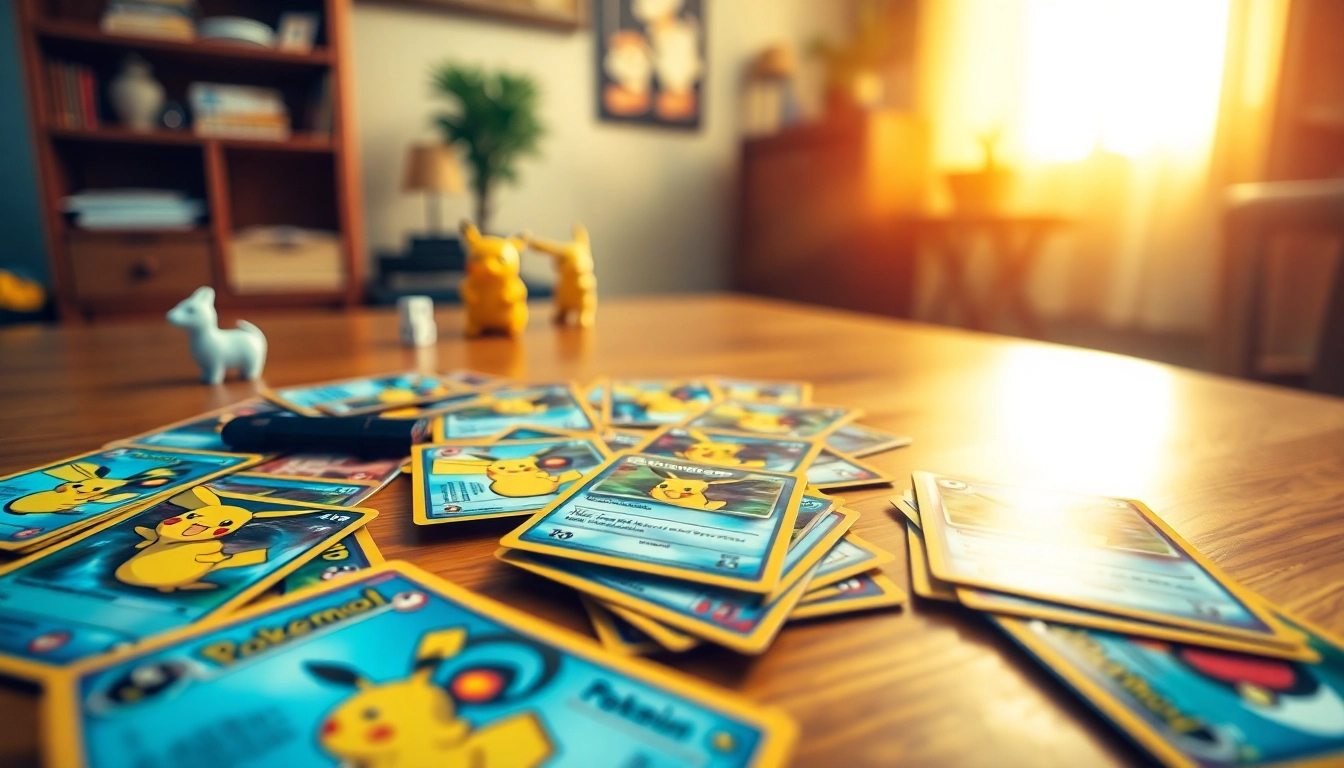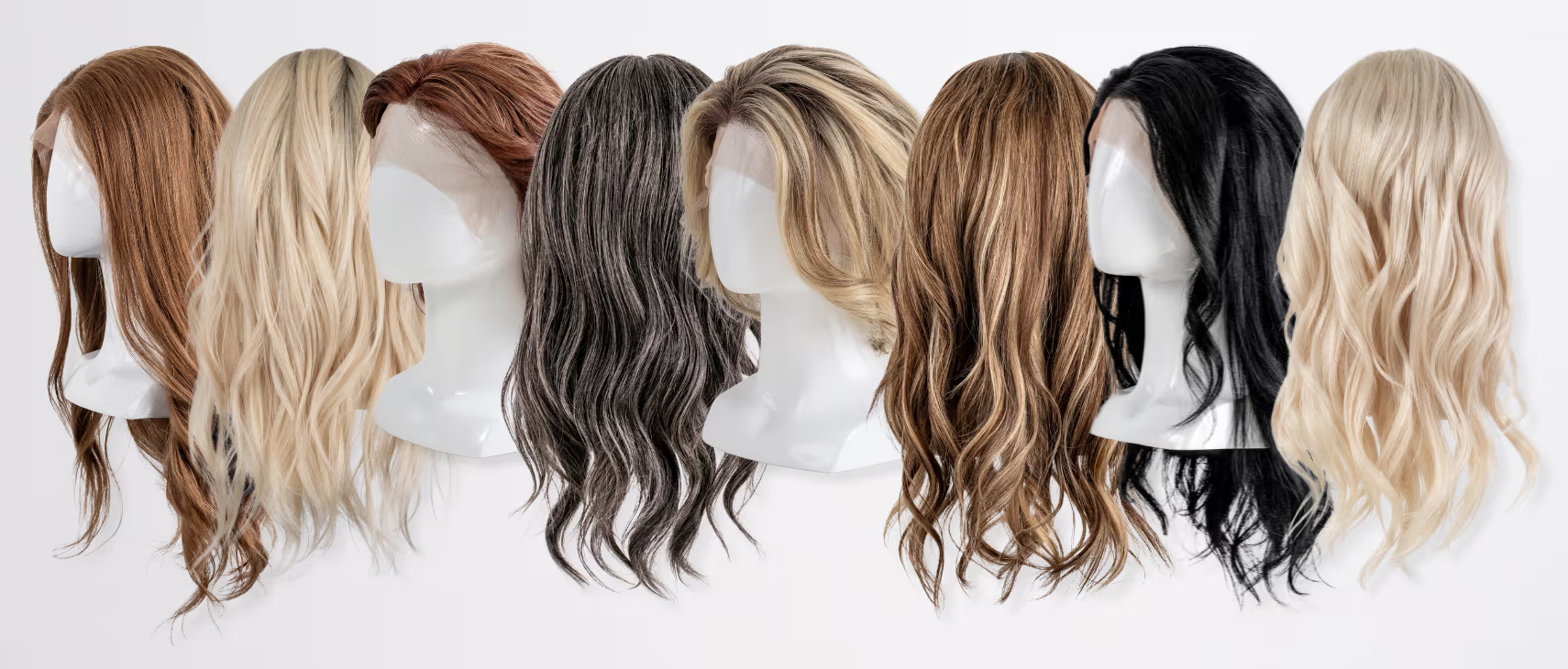Understanding Real Pokemon Cards
As enthusiasts of the Pokémon Trading Card Game (TCG) know, the landscape of collecting and trading Pokémon cards can be thrilling yet intimidating, especially with the prevalence of counterfeit cards. For collectors, understanding real pokemon cards is of paramount importance. This article will delve into the essential aspects of authentic Pokémon cards, including how to identify them, where to purchase them, and how to care for them effectively.
What Makes Pokemon Cards Real?
To understand what constitutes a real Pokémon card, we must first recognize the physical characteristics and the production aspects involved. Authentic Pokémon cards are manufactured using high-quality printing techniques that incorporate specific details unattainable by counterfeiters. Here are several key features to identify:
- Card Quality: Real Pokémon cards have a specific thickness and weight due to the materials used. They are made from a blend of cardstock that provides a good balance of flexibility and sturdiness.
- Print Quality: Genuine cards boast vibrant colors and fine details. The printing method utilized by the Pokémon Company is known for its precision, which often includes distinct small details that forgers fail to replicate.
- Holographic Elements: Cards that include holographic images contain specific patterns and effects that differ from fakes. Observing these details under various lighting conditions is critical.
- Set Symbols: Each card features a unique set symbol, which can be found in the bottom corner. Being familiar with these symbols is crucial as they can help identify the card’s legitimacy.
How to Spot a Fake Pokemon Card
Knowing how to spot a fake Pokémon card is vital for anyone serious about collecting. Here are some practical tips to differentiate genuine cards from counterfeits:
- Flex Test: One common method is the flex test. A real card, when bent slightly, should snap back into shape and not remain bent. In contrast, counterfeit cards often remain warped.
- Light Test: Genuine Pokémon cards allow some light to pass through (translucence). Place a card against a bright light source; a fake will usually either remain completely opaque or be overly thin.
- Printing Method: Examine the back of the card closely. Authentic cards have a specific structure and alignment with the artwork that forgers usually get wrong.
- Surface Texture: Real cards have a smooth texture, while counterfeit cards may feel excessively glossy or matte. Additionally, rub your finger against the surface to detect any unusual abrasiveness.
Importance of Authenticity in Collecting
The significance of collecting real Pokémon cards cannot be overstated. Authentic cards not only maintain their value but also represent the rich history and community spirit of Pokémon TCG.
Authenticity helps preserve the integrity of the trading community. Counterfeit cards can harm both the value of your collection and your connections with other collectors. Genuine cards also enhance your experience by ensuring that what you own can be recognized during tournaments and events. Collecting authentic cards protects the legacy of Pokémon, ensuring that future generations can enjoy the same thrill experienced by collectors today.
Where to Buy Real Pokemon Cards
Finding trustworthy places to purchase real Pokémon cards is essential for collectors. In this section, we’ll explore various options for acquiring authentic product.
Online Retailers for Authentic Cards
The ease of online shopping has streamlined the process of buying Pokémon cards. However, not all retailers offer real products, so it’s vital to choose wisely. Here are some reputable online retailers:
- Pokémon Center: The official Pokémon Center site offers a wide selection of authentic products ranging from trading cards to merchandise. As the primary source for Pokémon collectibles, you’re guaranteed authenticity when purchasing here. Visit the Pokémon Center for more information.
- TCGPlayer: This marketplace aggregates listings from various sellers, allowing you to check reviews and ratings before making a purchase. It’s an excellent place to find single cards, booster packs, and complete sets.
- Cardmarket: Particularly popular in Europe, Cardmarket connects buyers and sellers, offering a reliable platform to trade cards safely.
- eBay: While eBay can be a hit or miss when it comes to Pokémon cards, checking seller ratings and reviews can lead you to genuine sellers.
Local Game Stores: A Hidden Gem
Local game stores often carry Pokémon TCG products and serve as community hubs for collectors. By purchasing from these stores, you support small businesses while also having the opportunity to inspect cards physically before buying. Many local game stores host tournaments and events, providing an excellent environment for networking with fellow collectors.
Buying from Trusted Sellers: Tips and Tricks
When it comes to acquiring Pokémon cards, knowing whom to trust is crucial. Here are some tips for identifying credible sellers:
- Reputation: Look for sellers that have positive feedback or established history in the Pokémon community. Online forums like Reddit can also provide insights into trusted sellers.
- Return Policy: Always check the return policies of the sellers. Authentic sellers typically offer guarantees on product validity and returns if products are found counterfeit.
- Ask Questions: Don’t hesitate to contact sellers with any specific inquiries about their cards or warranty conditions. Legitimate sellers should be willing and able to provide adequate information.
Storage and Care for Real Pokemon Cards
Once you’ve built your collection of authentic Pokémon cards, preserving their condition is essential. Proper care can prolong the life of your cards and maintain their value over time.
Best Practices for Card Preservation
To ensure your Pokémon cards remain in top condition, consider these preservation practices:
- Keep Cards Away from Light: Exposure to sunlight can result in fading and discoloration. Store your cards in a dark or dimly lit space.
- Avoid Humidity: Excess moisture can warp or mold cards. Use silica gel packs in storage to absorb moisture effectively.
- Handle Cards Carefully: When handling your cards, always ensure your hands are clean and dry. Avoid touching the surface of the cards to reduce the risk of smudging or damaging prints.
Choosing the Right Sleeves and Binders
The right storage solutions can make a significant difference. Consider the following options:
- Card Sleeves: High-quality, polyethylene sleeves offer a protective layer against scratches and wear. Look for sleeves with archival-safe qualities to prevent discoloration over time.
- Binders: Use binders with clear, acid-free sleeves for an organized display. Avoid binders with PVC as they can deteriorate and affect card quality.
- Toploaders: For highly valued cards, using toploaders adds an extra layer of protection against bending and dust.
Avoiding Common Storage Mistakes
While many practices help maintain card quality, here are some common mistakes to avoid:
- Stacking Cards: Avoid stacking numerous cards on top of one another, as this can lead to creasing or bending.
- Using Low-Quality Sleeves: Cheap, low-quality sleeves could damage cards rather than protect them.
- Ignoring Temperature Changes: Extreme temperatures can warp or damage cards, so it’s best to store them at a stable, moderate temperature.
Pricing and Valuing Real Pokemon Cards
Understanding how to value your Pokémon cards is crucial for both collectors and traders. The market is dynamic, and card values can fluctuate based on various factors.
Factors that Affect Card Value
Several key elements influence the value of Pokémon cards:
- Rarity: Cards that have limited print runs, such as those from special events or promotional releases, generally hold greater value.
- Condition: The better the condition of a card (graded on a scale from 1 to 10), the higher its potential value. Grading services like PSA can evaluate and certify cards.
- Current Trends: The market can be influenced by current trends within the Pokémon community, social media, and recent tournament results.
Using Price Guides and Marketplaces
Utilize online resources to stay informed about current market values and price guides:
- Marketplaces: Sites like eBay and Cardmarket provide real-time prices and can aid in assessing the value of your collection by comparing similar listings.
- Price Guides: Subscription services and websites often provide pricing their forecasts based on sales data.
Understanding the Trade and Sell Process
If you’re interested in selling or trading cards, it’s important to understand the process, which often includes:
- Documentation: Keep records of all transactions, including purchase prices, to ensure transparency.
- Negotiation: Understand the average price of your cards and be willing to negotiate fairly with potential buyers.
- Safe Transaction Methods: Use reputable platforms or escrow services for larger deals to ensure security during the exchange.
Engaging with the Pokemon Community
The Pokémon community is vast and welcoming, offering a great opportunity to connect with fellow collectors, trade cards, and stay updated on the latest trends. Here’s how you can get involved:
Joining Local and Online Collecting Groups
Connecting with other enthusiasts is a beneficial step in the collecting journey:
- Online Forums: Websites like Reddit and specialized Discord servers allow collectors to share insights, trade, and inquire about specific cards.
- Local Clubs: Consider joining local Pokémon clubs or game stores to meet fellow collectors. This can lead to not only trading opportunities but also friendships.
Participating in Events and Tournaments
Events and tournaments hosted in local game stores or conventions provide excellent venues to play with and learn about the game while also assessing the market:
- Trade Events: Many community events include designated trading sessions where you can exchange cards freely.
- Tournaments: Competing in tournaments can range from casual to seriously competitive and often draws many entrants, making them great for networking.
Sharing Your Collection: Best Ways to Show Off
Displaying your collection showcases your passion and connects you with other fans:
- Social Media: Platforms such as Instagram or TikTok are popular for sharing collections visually. Consider creating dedicated accounts for your Pokémon journey.
- Exhibiting at Conventions: Participating in conventions can allow you to showcase your collection to a large audience, although it’s important to ensure card protection during these events.



